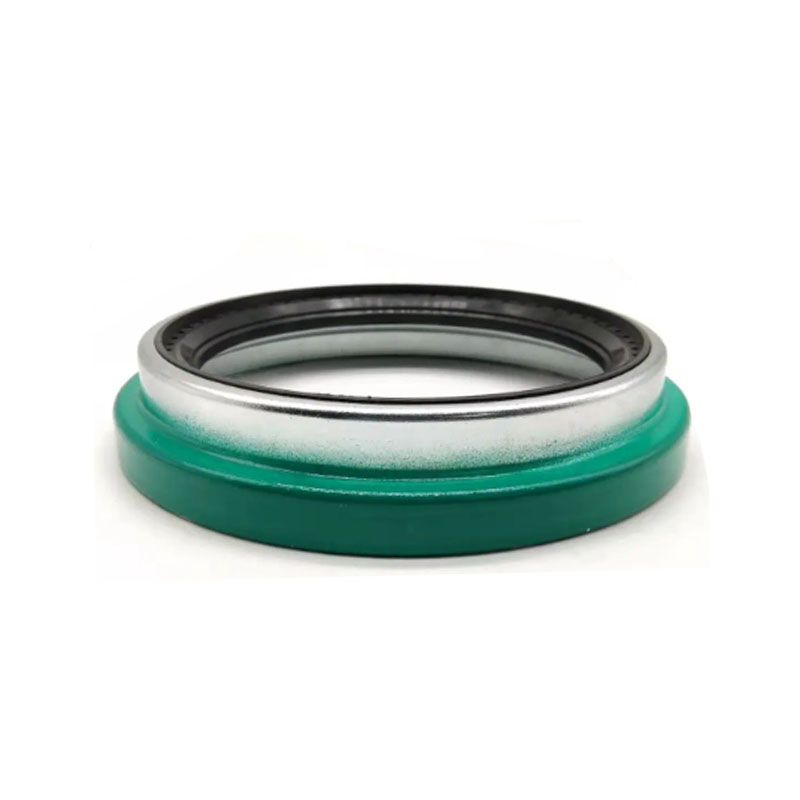Common Issues with Semi Truck Wheel Seals and How to Address Them
Understanding and Addressing Semi Truck Wheel Seal Leaking Issues
Semi trucks, the workhorses of the transportation industry, face a myriad of challenges during their operation. One of the often-overlooked yet critical issues is the leaking of wheel seals. A wheel seal is designed to prevent contaminants such as dirt, water, and grease from entering the wheel hub while retaining the necessary lubricant inside. When these seals fail, it can lead to significant problems that affect both the performance of the truck and safety on the road.
Causes of Wheel Seal Leaks
There are several reasons why wheel seals may begin to leak. One of the most common causes is wear and tear. Over time, repeated exposure to heat, pressure, and road impacts can degrade the material of the seal. Additionally, improper installation can compromise the seal's integrity. If a wheel seal is not fitted correctly, it may become misaligned or stressed, leading to premature failure.
Another contributing factor is contamination. If debris accumulates on the wheel or in the bearing area, it can wear down the seal. This is particularly prevalent in trucking operations that take place on rough or unpaved roads. Furthermore, the quality of the lubricant used can also impact seal performance. Using subpar or incorrect lubricants can increase the risk of swelling or degradation of the seal material.
Signs of a Failing Wheel Seal
Recognizing the signs of a leaking wheel seal early on can save truck owners from more extensive repairs down the line. One of the most apparent signs is visible leakage. This can appear as oil or grease accumulating around the wheel hub. Drivers may also notice unusual noises coming from the wheel area, such as grinding or rattling, which indicates that the bearings may be compromised.
Additionally, an increase in tire wear can be a warning sign. If a wheel seal is leaking, it could lead to overheating of the wheel bearings and, subsequently, uneven wear on the tires. Regular visual inspections and maintenance routines can help catch these issues before they escalate into major repairs.
semi truck wheel seal leaking

The Consequences of Ignoring Wheel Seal Leaks
Failing to address a leaking wheel seal promptly can lead to severe consequences. The most immediate concern is the potential for complete wheel bearing failure. Since the lubricant is essential for maintaining bearing performance, a leak can lead to insufficient lubrication, overheating, and ultimately, bearing failure. This could not only put the truck out of service but also pose a significant safety risk to the driver and other road users.
Furthermore, the financial implications of ignoring wheel seal issues can be substantial. The cost of replacing bearings, wheels, and seals can quickly add up, not to mention the downtime lost during repairs. Regularly addressing potential leak issues can help mitigate these costs and improve the overall reliability of the vehicle.
Solutions and Preventive Measures
Addressing a leaking wheel seal involves a thorough inspection and, ideally, replacement of the faulty components. It’s essential to choose high-quality seals and follow proper installation procedures to ensure the longevity of the repair. Regular maintenance, including inspections and timely lubrication changes, can help identify issues early and prevent future leaks.
Truck operators should also consider implementing routine checks as part of their maintenance schedule. This could include visual inspections for signs of wear, systematic wheel seal inspections during routine servicing, and keeping an eye on tire wear patterns.
In conclusion, while wheel seal leaks may seem like a minor issue, their impact on the efficiency, safety, and cost-effectiveness of semi-truck operations cannot be underestimated. By understanding the causes, recognizing the signs, and implementing preventive measures, truck owners can ensure their vehicles remain in optimal condition and avoid costly repairs.
-
Seal 12x20x5: Precision Radial Shaft Seals for Industrial Reliability
News Nov.24,2025
-
Seal 12x18x5: Essential Guide to Specifications, Applications & Vendors
News Nov.24,2025
-
Understanding Seal 12 20 5: Applications, Specifications & Industry Insights
News Nov.23,2025
-
Durable Oil Seal 85x110x12 – Reliable Sealing Solutions for Industry
News Nov.23,2025
-
Durable and Precise Oil Seal 75x95x10 for Efficient Machinery | YJM Seal
News Nov.22,2025
-
Durable Oil Seal 75x100x10 for Reliable Industrial Performance | YJM Seal
News Nov.22,2025
-
High-Quality Oil Seal 65x90x10 | Durable & Reliable Sealing Solutions
News Nov.22,2025
Products categories















